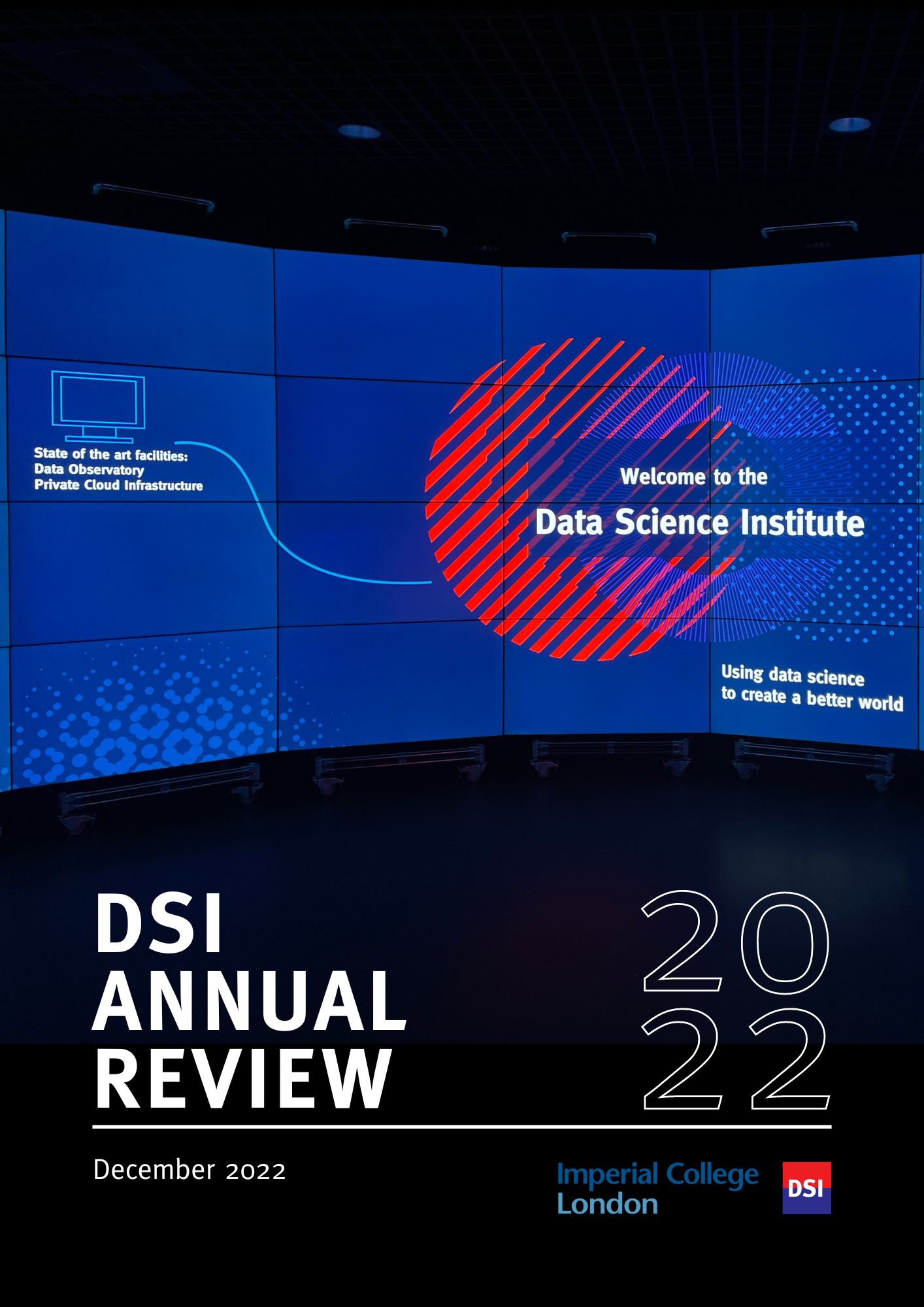BibTex format
@article{Luppi:2021:nc/niab027,
author = {Luppi, A and Mediano, PAM and Rosas, FE and Harrison, DJ and Carhart-Harris, RL and Bor, D and Stamatakis, EA},
doi = {nc/niab027},
journal = {Neuroscience of Consciousness},
title = {What it is like to be a bit: an integrated information decomposition account of emergent mental phenomena},
url = {http://dx.doi.org/10.1093/nc/niab027},
volume = {7},
year = {2021}
}
RIS format (EndNote, RefMan)
TY - JOUR
AB - A central question in neuroscience concerns the relationship between consciousness and its physical substrate. Here, we argue that a richer characterization of consciousness can be obtained by viewing it as constituted of distinct information-theoretic elements. In other words, we propose a shift from quantification of consciousness—viewed as integrated information—to its decomposition. Through this approach, termed Integrated Information Decomposition (ΦID), we lay out a formal argument that whether the consciousness of a given system is an emergent phenomenon depends on its information-theoretic composition—providing a principled answer to the long-standing dispute on the relationship between consciousness and emergence. Furthermore, we show that two organisms may attain the same amount of integrated information, yet differ in their information-theoretic composition. Building on ΦID’s revised understanding of integrated information, termed ΦR, we also introduce the notion of ΦR-ing ratio to quantify how efficiently an entity uses information for conscious processing. A combination of ΦR and ΦR-ing ratio may provide an important way to compare the neural basis of different aspects of consciousness. Decomposition of consciousness enables us to identify qualitatively different ‘modes of consciousness’, establishing a common space for mapping the phenomenology of different conscious states. We outline both theoretical and empirical avenues to carry out such mapping between phenomenology and information-theoretic modes, starting from a central feature of everyday consciousness: selfhood. Overall, ΦID yields rich new ways to explore the relationship between information, consciousness, and its emergence from neural dynamics.
AU - Luppi,A
AU - Mediano,PAM
AU - Rosas,FE
AU - Harrison,DJ
AU - Carhart-Harris,RL
AU - Bor,D
AU - Stamatakis,EA
DO - nc/niab027
PY - 2021///
SN - 2057-2107
TI - What it is like to be a bit: an integrated information decomposition account of emergent mental phenomena
T2 - Neuroscience of Consciousness
UR - http://dx.doi.org/10.1093/nc/niab027
UR - http://gateway.webofknowledge.com/gateway/Gateway.cgi?GWVersion=2&SrcApp=PARTNER_APP&SrcAuth=LinksAMR&KeyUT=WOS:000746486000001&DestLinkType=FullRecord&DestApp=ALL_WOS&UsrCustomerID=1ba7043ffcc86c417c072aa74d649202
UR - https://academic.oup.com/nc/article/2021/2/niab027/6429334
UR - http://hdl.handle.net/10044/1/96545
VL - 7
ER -

